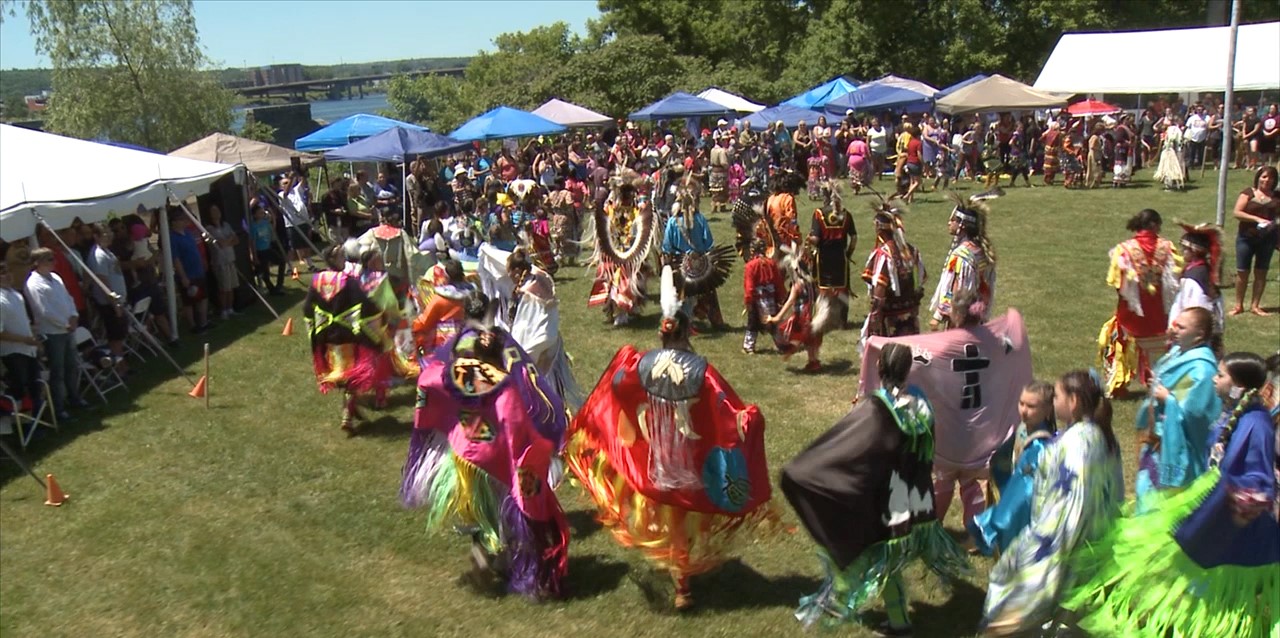Set on one of Canada's few urban reserves, Christine McLean's The Girls of St. Mary's is a portrait of an indigenous community striving to combat the impact of colonialism. By following six months in the lives of three of the Maliseet girls who live in the St. Mary's First Nations community (Michaela Brooks-Brown, Abby Brooks, and Stevie Hall-Polchies) a small frame of reference is used to bring broader issues to the surface onscreen.
Despite the community's relative success, colonialist racism is alive and well. The girls recount stories of being bullied in school, and rejected from friends' households by parents, leading them to self-harm and eating disorders. Parental relationships, especially with fathers, are also a source of pain. Some of the girls' fathers were absent for most of their lives, and one is dealing with the divorce of her mom from her step-dad. The issue is trickier than typical family drama, though, with one mother blaming indigenous men for not being responsible, and requesting her daughter only date non-natives. It's a thorny subject to tackle, especially as a brief moment in a documentary under 60 minutes. Fortunately, a brief response by a couple of indigenous men is included. The narration by Elder Maggie Paul also contextualizes the problem as largely a result of the colonial violence, which has forcibly broken up indigenous families through means like residential schools.
The St. Mary's First Nation community hosted 4000 people at their vibrant summer pow wow.
In the face of these hardships, the girls find shelter in their tight-knit families and community, led by strong women. Subjects in the film remark upon the unusual bonds between the girls and their mothers. The gendered aspect is not only personal, but also political; the community is proud to boast that their councils have maintained gender parity since long before Justin Trudeau's similar efforts. As a result, St. Mary's is one of the most economically successful reserves, and also one of the proudest. The documentary concludes with a summer pow wow, at which 4000 people participate, including two of the film's young subjects as dancers, happy to be able to carry on their community's tradition.
With its small budget and run-time, it would be impossible for The Girls of St. Mary's to capture the full complexity of this community, and its maker seems aware. After the film, when asked if she would like to return to the subject, director Christine McLean said she would like to return as a sort of producer and mentor, allowing one of the young women to make her own film. Let's hope this works out; cinema is in desperate need of indigenous voices.
Part of our AIFF 2017 Review Roundup.




